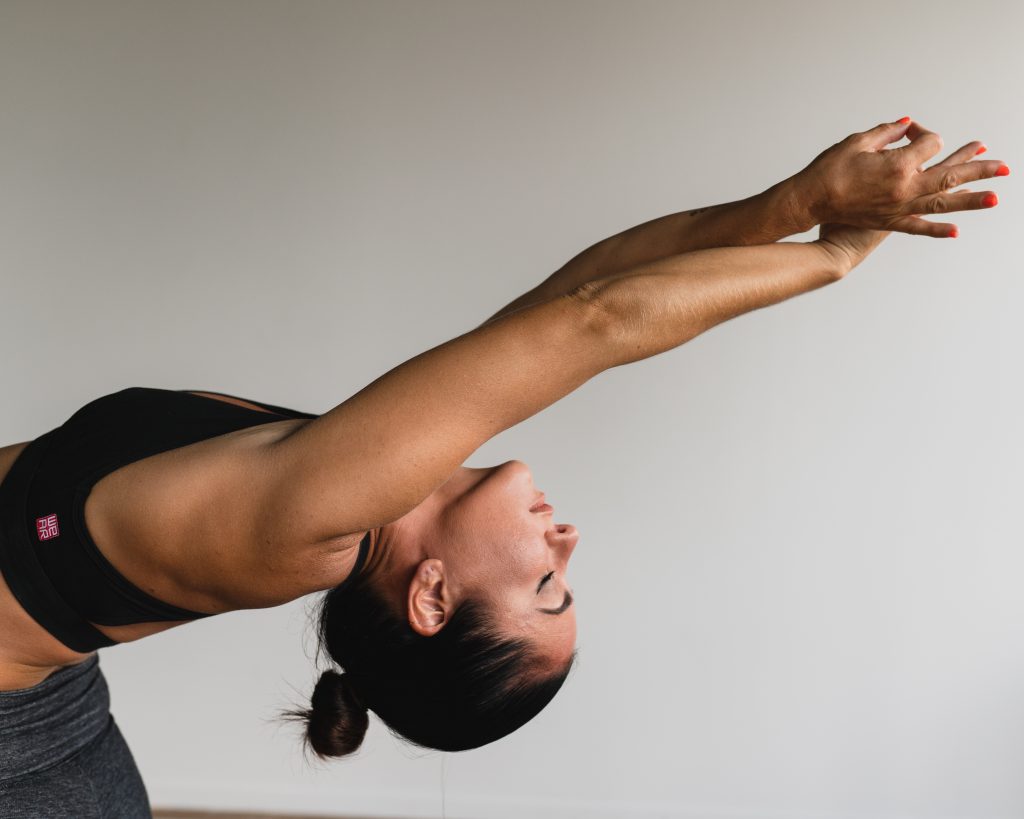
Revamp Your Routine: Turning Exercise from Chore to Joy
Image: bruce mars on Unsplash
Looking for ways to make exercise more enjoyable? These fun and effective tips will help you transform your workout routine into a source of joy and vitality.
Introduction:
Feeling sluggish and unmotivated to exercise? You’re not alone. Many people find it challenging to stick to a fitness routine, but it’s important to remember that even a small amount of exercise can make a big difference in your health.
Here are some fun and effective tips to help you revamp your routine and turn exercise into a joy:
1. Pick Your Pleasure:
If you’re not sure where to start, take some time to explore different activities and find what you enjoy. Do you love the feeling of the wind in your hair as you go for a run? Or maybe you prefer the low-impact, mind-body connection of yoga or Pilates. There’s no right or wrong answer, so experiment until you find something that feels good.
Research Insight: According to a study published in the journal PLOS One, people are more likely to stick with their exercise routine when they enjoy the activities.
Sounds like a no-brainer but if you convince yourself that you’re working out because you “have” to then you’re already setting yourself up for disappointment. Pick something you genuinely enjoy doing and if that’s hard to find, then pick something that you may not enjoy doing as much but you can’t deny how amazing you feel after you’ve done it.
2. Set Realistic Goals & Ease Into Action:
If you’re new to exercise, take it slow to steer clear of injuries. Begin with short sessions, like 15-20 minutes a day, and gradually ramp up the intensity and duration over time. For example, instead of setting a goal to run a marathon, start by aiming to walk for 20 minutes three times a week. Once you reach your initial goal, you can gradually increase the duration and intensity of your workouts.
Research Insight: A study published in the Journal of the Academy of Nutrition and Dietetics found that people who set realistic goals were more likely to adhere to their exercise routines. A study in Medicine & Science in Sports & Exercise highlights that those who gradually upped the ante were more likely to stick to their exercise routine (Craske, Antony, & Barlow, 2006).
Even if you allotted 5 minutes a day for some sort of movement, that would be enough to begin with. The goal isn’t to transform your life within 24 hours (it never works) the goal is to build something in your routine that becomes part of your daily life without you overexerting yourself. Even if you allotted 5 minutes a day for some sort of movement, that would be enough to begin with. The goal isn’t to transform your life within 24 hours (it never works) the goal is to build something in your routine that becomes part of your daily life without you overexerting yourself.
3. Buddy Up For Success:
Exercising with a friend or family member can help you stay motivated and accountable. It’s also a great way to make your workouts more fun and enjoyable. If you don’t have anyone to work out with, consider joining a fitness class or online exercise community.
Research Insight: The journal Social Psychological and Personality Science affirms that working out with a friend leads to better adherence. (Social Psychological and Personality Science).
Being accountable automatically motivates people to stick to their goals, if you’re unable to find someone who’s free when you are, or on the same level as you then set up a “challenge”. Maybe it’s hitting 10k steps a day with friends.
4. Prioritize Your Workouts:
Schedule your workouts in advance and treat them as important appointments. If something comes up and you have to miss a workout, reschedule it as soon as possible.
Research Insight: A study published in the journal Annals of Behavioral Medicine found that people who scheduled their workouts in advance were more likely to stick with their exercise routine.
Make it as easy as possible for yourself to stick to the commitment—using your calendar to schedule/time-blocking is incredibly effective. Make attendance a priority like you would for any meeting.
5. Reward Yourself:
When you reach a fitness goal, reward yourself with something special. This could be anything from a new workout outfit to a massage. Rewarding yourself will help you stay motivated and on track.
Keeping up with something is a huge deal, the commitment you made to yourself should be celebrated—often. Finished your first full week of daily movement? Reward yourself and celebrate consistency!
Bonus Tip:
Bonus Tip: Don’t forget to warm up before and cool down after each workout. Warming up prepares your body for exercise and reduces the risk of injury while cooling down helps your body recover.
Research Proven: Studies published in the Journal of Strength and Conditioning Research and Medicine & Science in Sports & Exercise have shown that warming up and cooling down can improve performance and reduce the risk of injury.
Sneaking Exercise into Your Daily Routine:
We get it, we’re busy. There are many ways to sneak exercise into your daily routine without having to carve out extra time. We don’t accept excuses here! Here are a few ideas:
The possibilities are endless! Get creative and find ways to move throughout your day.
The Healing Power of Movement:
Movement is more than just a way to stay physically fit; it’s also a powerful form of medicine. Movement is essential for our overall well-being. Exercise also has a profound impact on our mental and emotional health. In addition, movement can help us to heal and transform. It enables the release of pent-up emotions, fosters a deeper connection with our bodies, and aids in navigating challenging experiences.
Physical Benefits:
Mental Health Benefits:
Emotional Benefits:
So, if you’re looking to improve your physical, mental, and emotional health, make movement a priority in your life. Even a small amount of exercise can make a big difference.
Conclusion
Exercise is a gift to yourself. It’s a way to improve your physical and mental health and boost your overall well-being. Exercise doesn’t have to be a chore. By following these tips, you can make exercise fun and enjoyable. So, get out there and move your body! Your future self will thank you for it.
Resources





